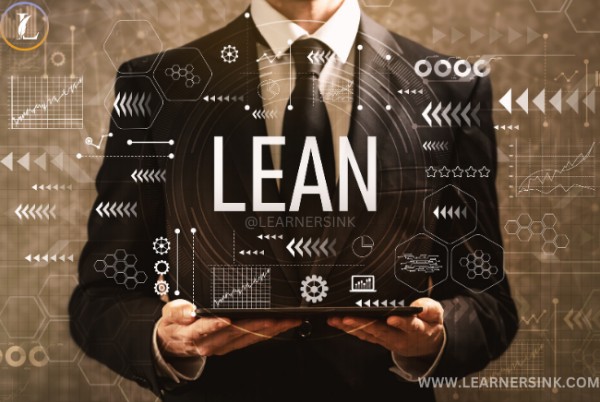


Advancing your lean strategy through the various stages of implementation will no doubt place you in the path of several challenges that will necessitate the proper response. In understanding how to best address your situation you will no doubt need to implement one (or, depending on the situation, several) strategies. Consider three such strategies as an example of the variety of solutions to your current or future problems: six sigma training, A3 problem solving and value stream mapping.
Six sigma training consists mainly of efforts that focus on achieving stability in your manufacturing process and that will relay predictable results. You’ll need to focus on implementing processes that can be statistically measured so that you’ll be able to analyze your results closely and, in turn, better react to problems that may arise. SIX SIGMA TRAINING focuses on those details in order to properly achieve sustained quality improvement. You’ll need a concise focus on measuring those results to best intuit how to emphasize your needs to the team leaders you’ll be working with.
A3 problem-solving focuses on concisely understanding the problems at hand and specifically how they are deterring your production line. In refining your target goals and establishing what state you’d like your manufacturing line to be in by the time you’re done, you’ll be constantly developing countermeasures and measuring their results against your expectations. Again, much like six sigma training, in A3 problem solving you’ll be implementing a system that will succeed through continuous refinement and improvement.
Value stream mapping is, for the most part, a tool that you can utilize in approaching either six sigma training or A3 problem solving. However, utilizing it fully will often require the implementation of an approach that’s akin to the early stages of adapting a full-on lean-centric strategy. This tool will help you understand the entirety of your manufacturing line, the team that operates it and the current flaws in its layout. By firmly identifying your goals and specifically detailing the current state of affairs in your production line, you’ll be able to follow the flow of materials and information all along the way, noting how they interact with one another as they head towards the finished product. Capably utilizing value stream mapping will reveal the flaws in that flow, assist you in best understanding the means behind the problem and how to best address them.
In coming to terms with your problems and identifying the lean solution relevant to your needs, you’ll have to hybridize many methods and schools of thought in order to further the goals of your business. Best understanding your manufacturing line through proper analysis will determine how you’re going to approach your problems and which lean-focused solutions you’ll be implementing or drawing on in solving them. Continuous improvement through applied practices, proper problem solving and staying up-to-date on the relevant research should be at the forefront of your approach to becoming a lean enterprise. Properly understanding your tools is only the first step in utilizing them.
There are many strategies that can be useful for intermediate Lean practitioners to improve the efficiency and effectiveness of their processes. Here are a few examples:
Standardized work: Establishing standard operating procedures for each process can help ensure consistency and reduce waste.
5S: This Lean tool involves sorting, straightening, shining, standardizing, and sustaining the workplace. It helps create a clean and organized environment that is conducive to Lean principles.
Value stream mapping: This technique involves mapping out the flow of value from raw materials to finished products, identifying waste and opportunities for improvement.
Kanban: This is a visual signaling system used to manage the flow of materials and work in progress. It can help optimize the flow of materials and reduce waste.
Continuous improvement: Encouraging a culture of continuous improvement can help identify and eliminate waste and improve processes on an ongoing basis.
Root cause analysis: Identifying the root cause of problems can help prevent them from occurring in the future. Tools like the 5 Why's and the fishbone diagram can be useful for this purpose.
Visual management: Using visual aids like charts, graphs, and boards to communicate information can help improve communication and visibility within the organization.
Error proofing: Also known as "poka yoke," this technique involves designing processes to prevent errors from occurring in the first place.
Cell design: Grouping together all the resources needed to complete a process in a single location can help improve efficiency and reduce waste.
Lead time reduction: Reducing lead times can help improve delivery speed and customer satisfaction.
Learners Ink 2019 - | All Rights Reserved